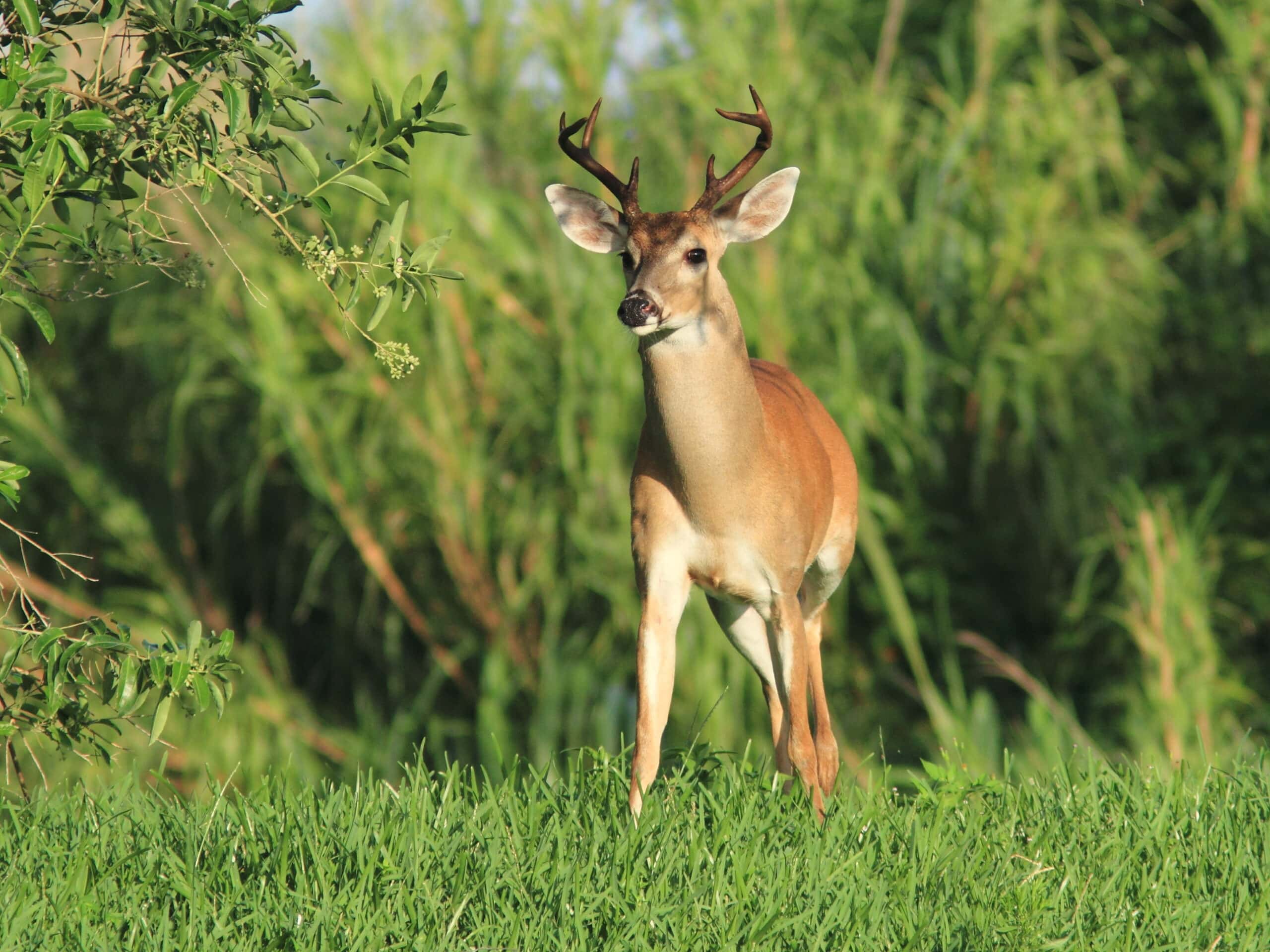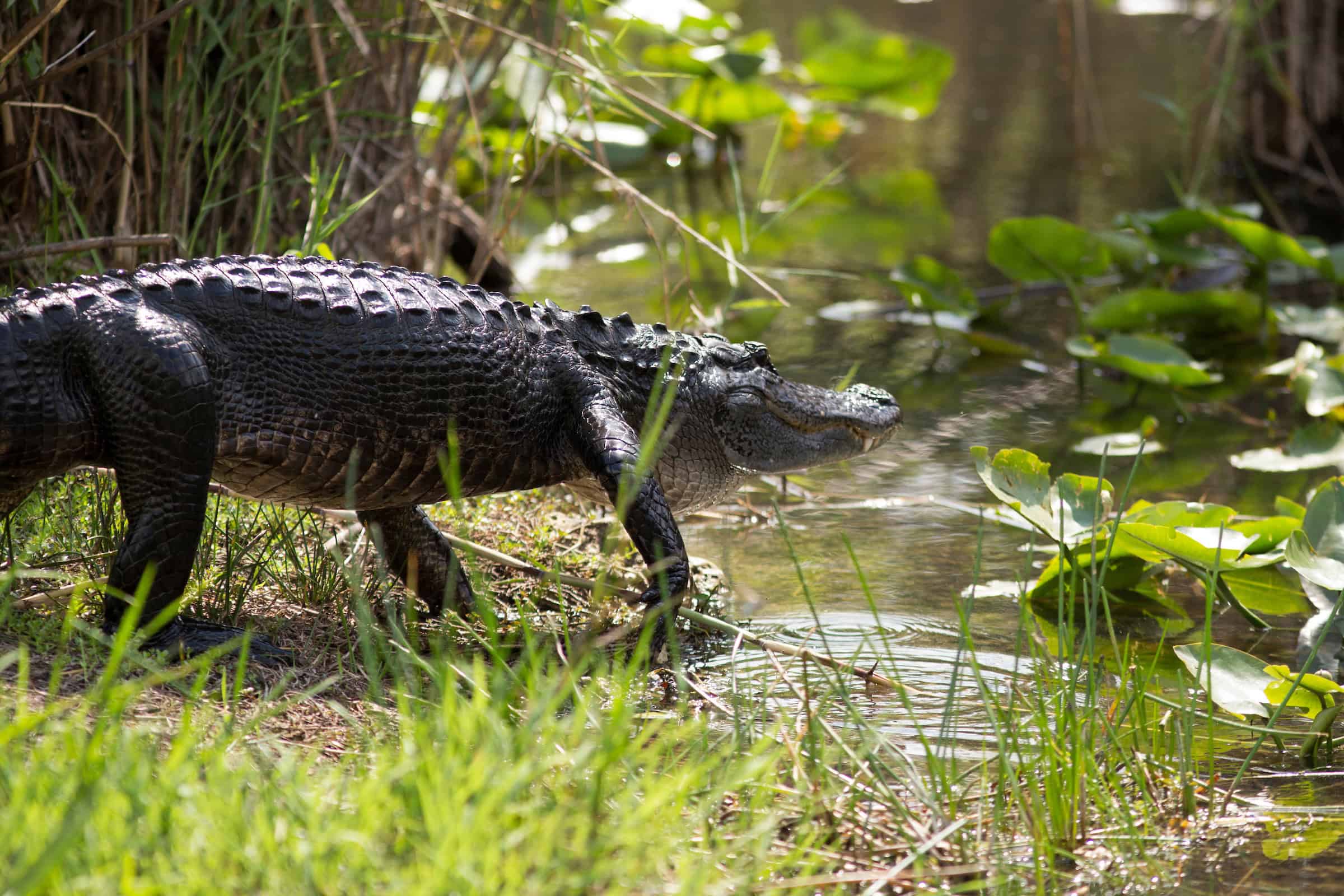Share this article
Evolutionary history can help conserve salmon
Even within highly connected populations, genomics can help inform conservation by identifying specific adaptive variations that may require supplemental protection to prevent the loss of certain ecological and societal benefits, indicates a new study on premature migration in Pacific salmon.
As spawning season approaches, sexually mature steelhead (Oncorhynchus mykiss) and Chinook (Oncorhynchus tshawytscha) salmon enter freshwater in a migration that will take them upstream to their natal origins to reproduce. While most Chinook and steelhead leave the sea in the fall and winter, respectively, premature migrants — spring Chinook and summer steelhead — have already made the journey and wait in cool, upland pools for their sexual organs to develop before breeding.
Premature migrating salmon transport marine nutrients higher into watersheds than mature migrants, provide additional fishing opportunities, and help sustain Native Americans in the Pacific Northwest and northern California. Despite their unique ecological and cultural value, premature migrators lack specific protections because conservation policy lumps them into the same conservation unit as mature migrating salmon. Premature migrating salmon, however, have experienced significant declines across their range, while the mature migrating portion of the population remains stable. This discrepancy is often due to limited access to cold freshwater in the summertime, a problem exacerbated by human actions, like artificial dams, water withdrawal, riparian logging and mining. Only 100 spring Chinook returned to California’s Salmon River this year, down from what used to be tens of thousands.
For both steelhead and Chinook, biologists from the University of California, Davis, sequenced hundreds of thousands of points throughout the genome and compared the results between premature and mature migrating individuals.
“We found that, contrary to the previous paradigm, premature migration depends on a single gene, and that the version of the gene that creates premature migrators evolved only once within each species,” said the authors of the paper, which was published in Science Advances. “The existence of spring Chinook and summer steelhead depends on a specific version of the gene, and it cannot be expected to easily re-evolve if lost.”
If current policies don’t protect this adaptive variation, they could permit the destruction of the salmon’s ecologically, economically and culturally significant life history as the dwindling number of fish carrying the premature migration gene vanish.
“Now that genomic technologies allow us to determine the genetic basis and evolutionary history of important adaptations, we can use this information to improve conservation policies,” the researchers said. “We can better protect adaptations that exist within closely related population units, are disproportionately impacted by human activities and are unlikely to re-evolve in human timeframes.”
Pinpointing the gene responsible for premature migration also allows the scientists to determine which salmon are premature migrants. This helps the biologists follow up on the risk the fish face and strategy needed to boost their populations in places like Washington’s upper Kalama River, where spring chinook run.
This study’s findings are “applicable to any species to prioritize populations for conservation,” said corresponding author Michael Miller, assistant professor with the Department of Animal Science at the University of California, Davis. “Populations look similar across most of the genome, but there could be these critical differences that have tremendous consequences, and they’re not going to re-evolve if we allow them to be lost.”
Header Image: Adult spring Chinook navigate the Salmon River in California. ©Peter Bohler







